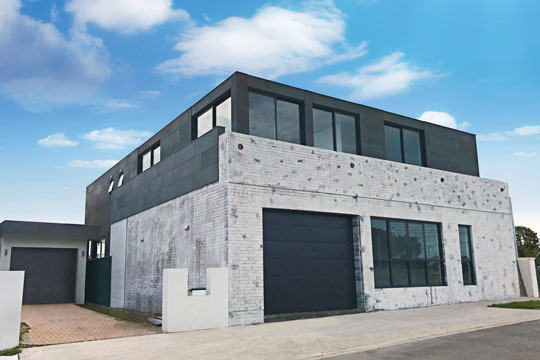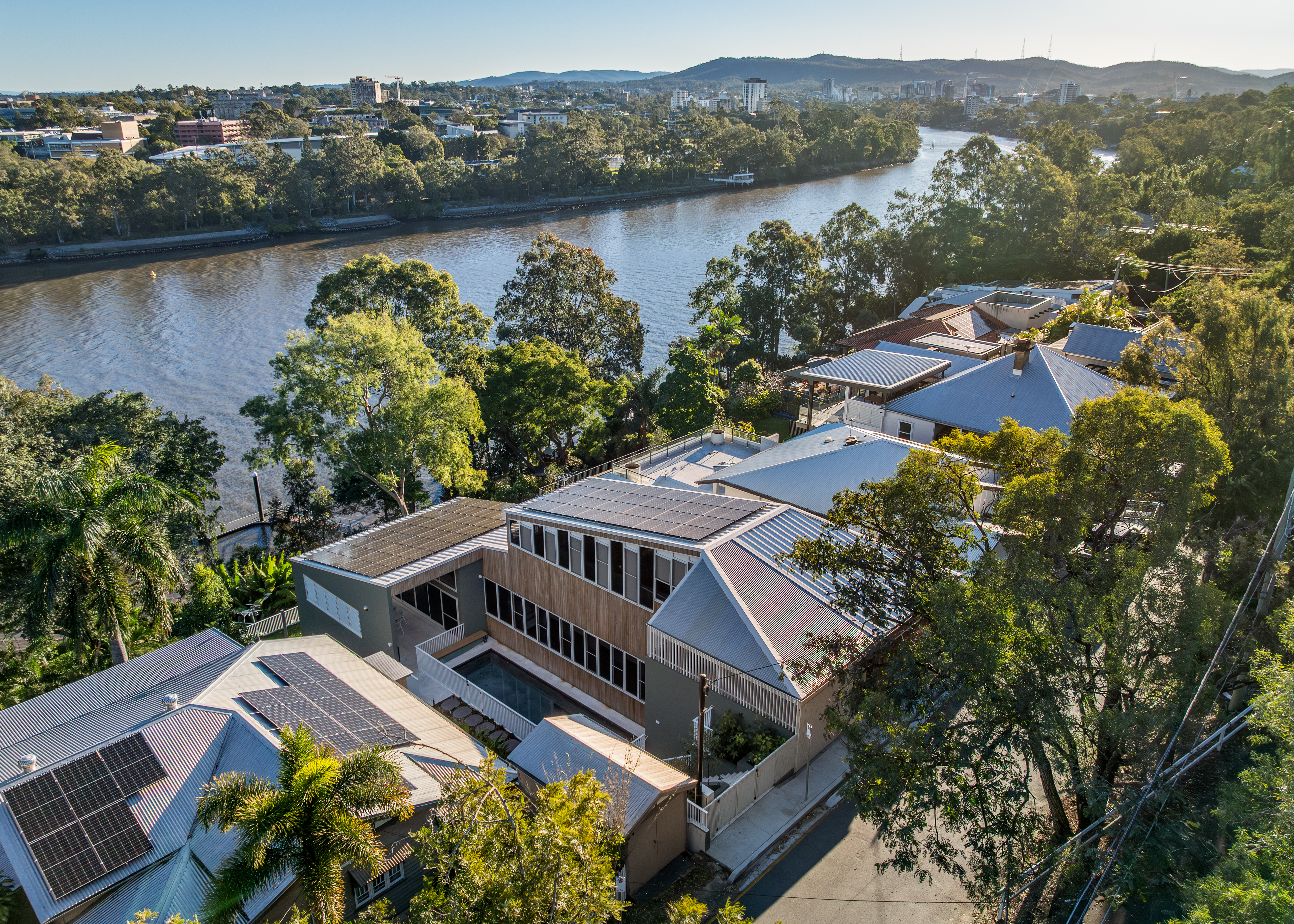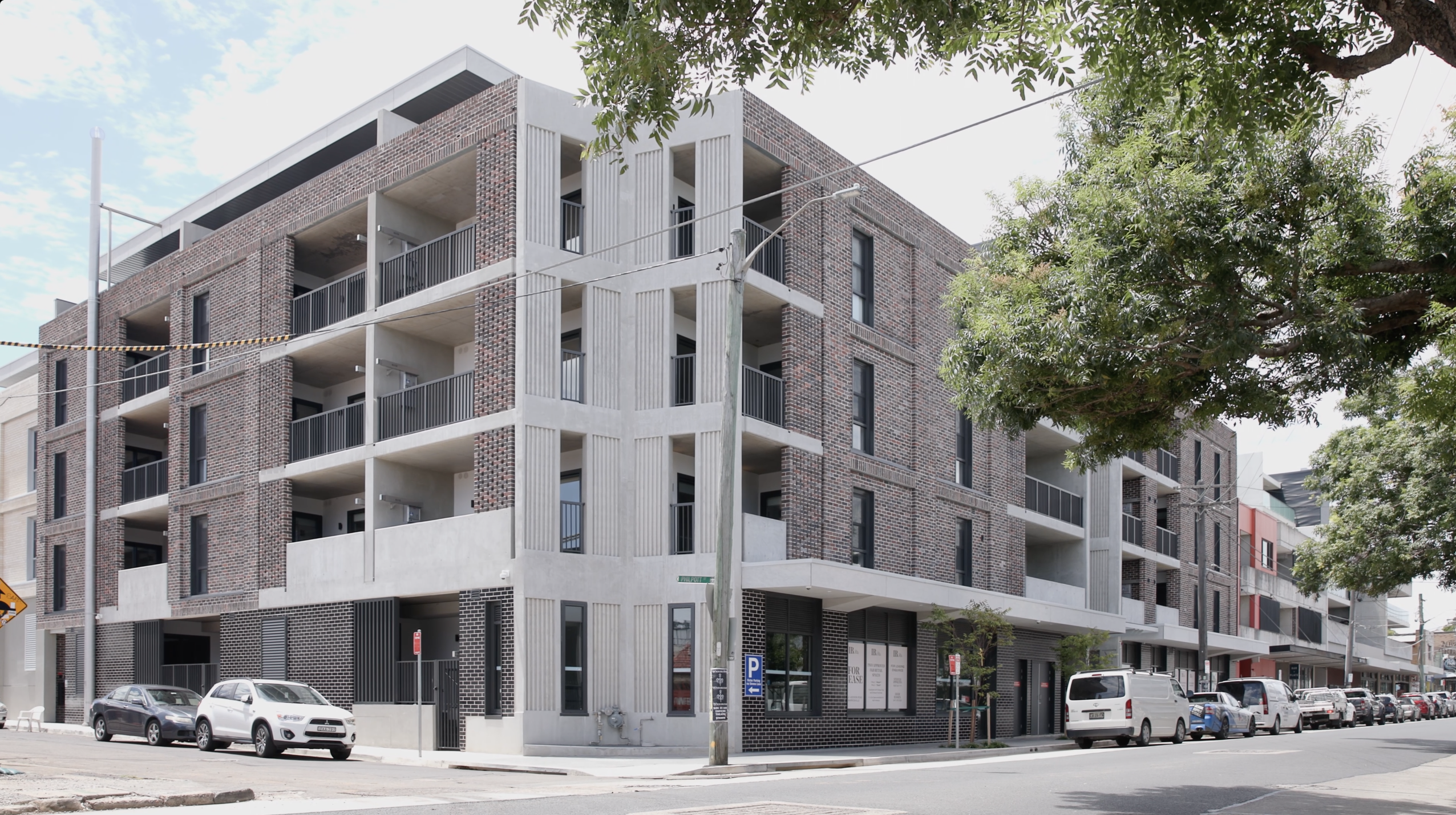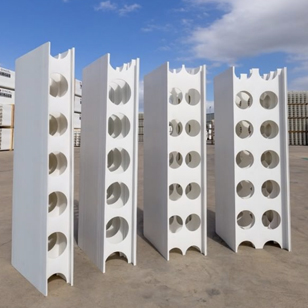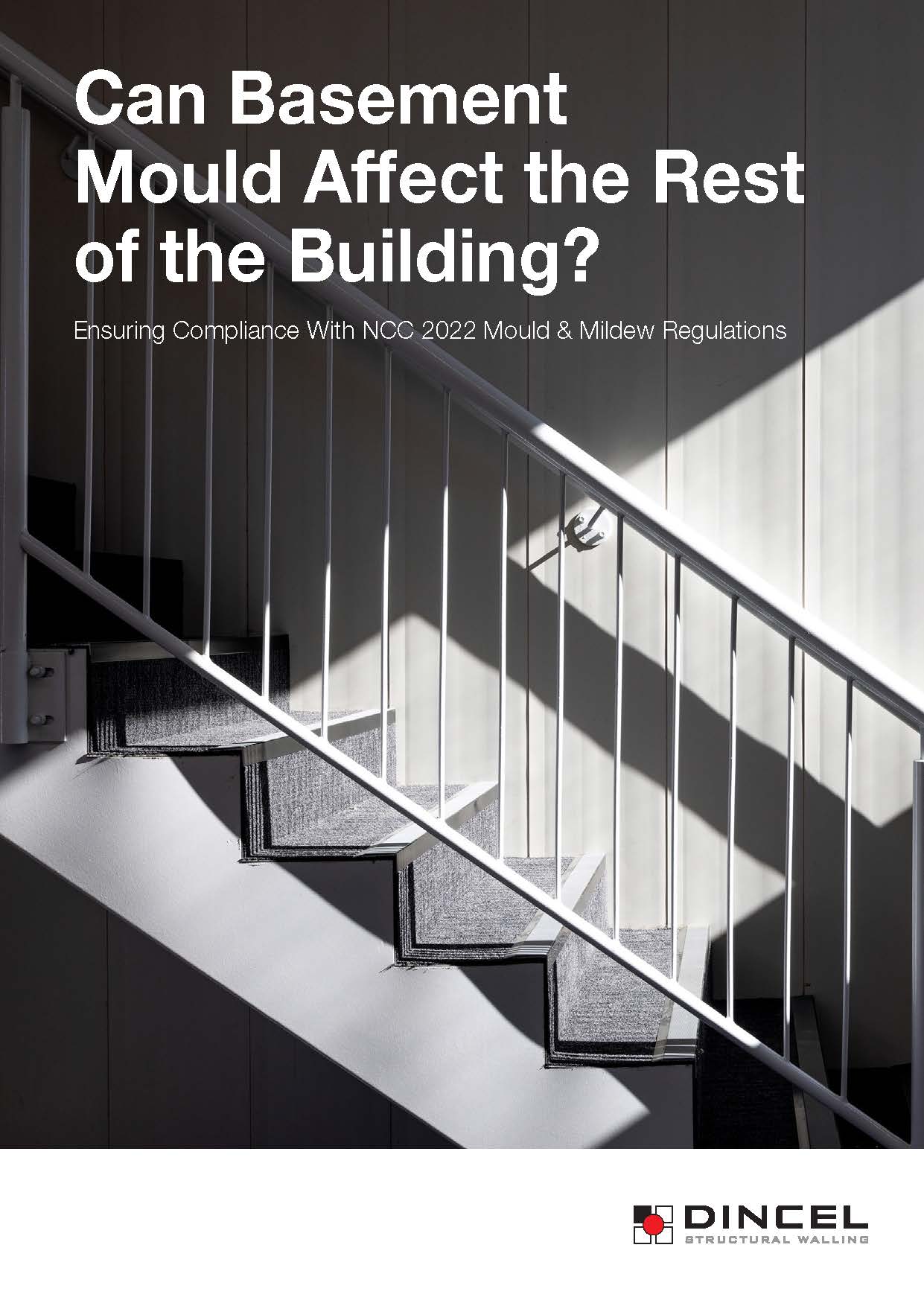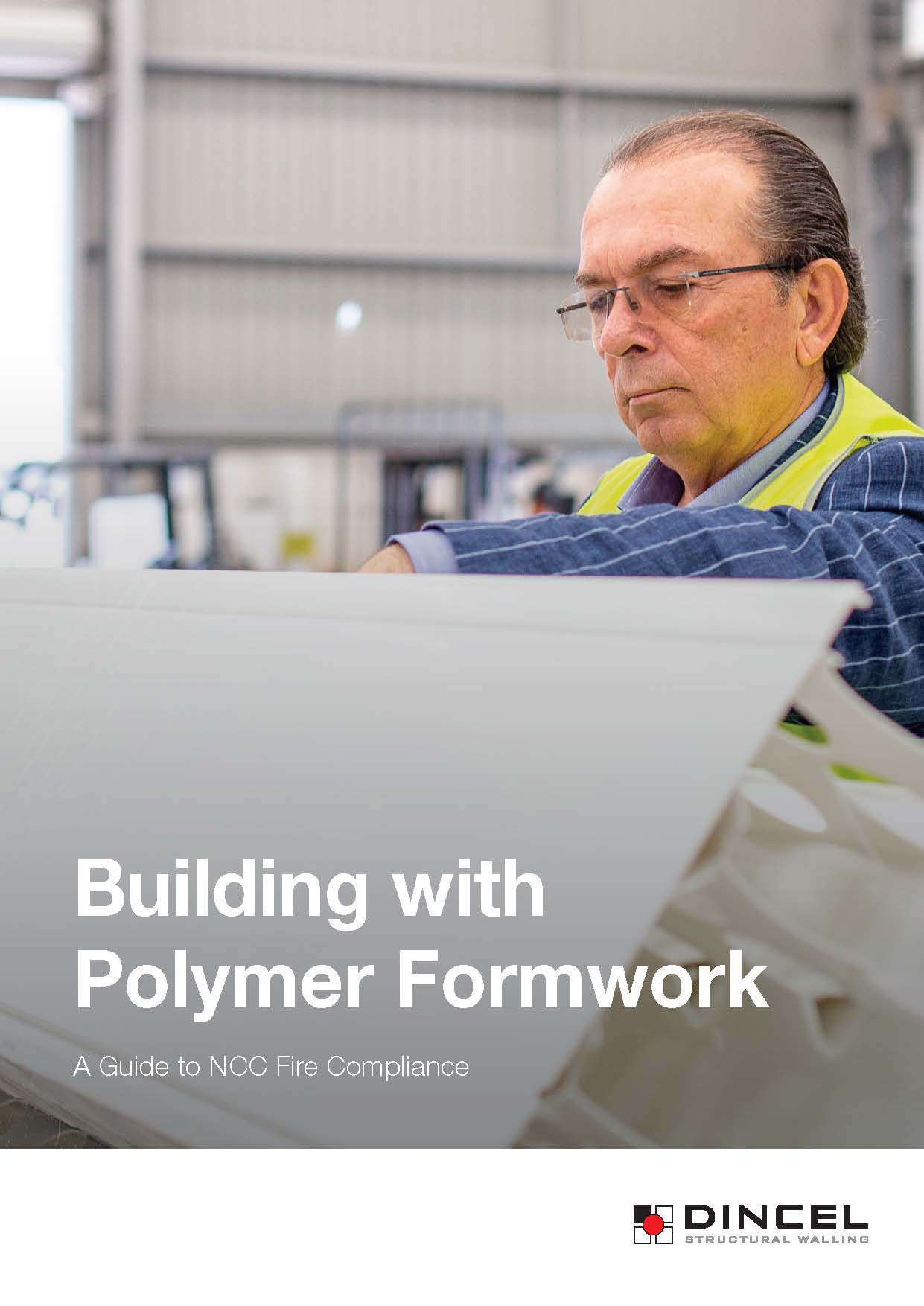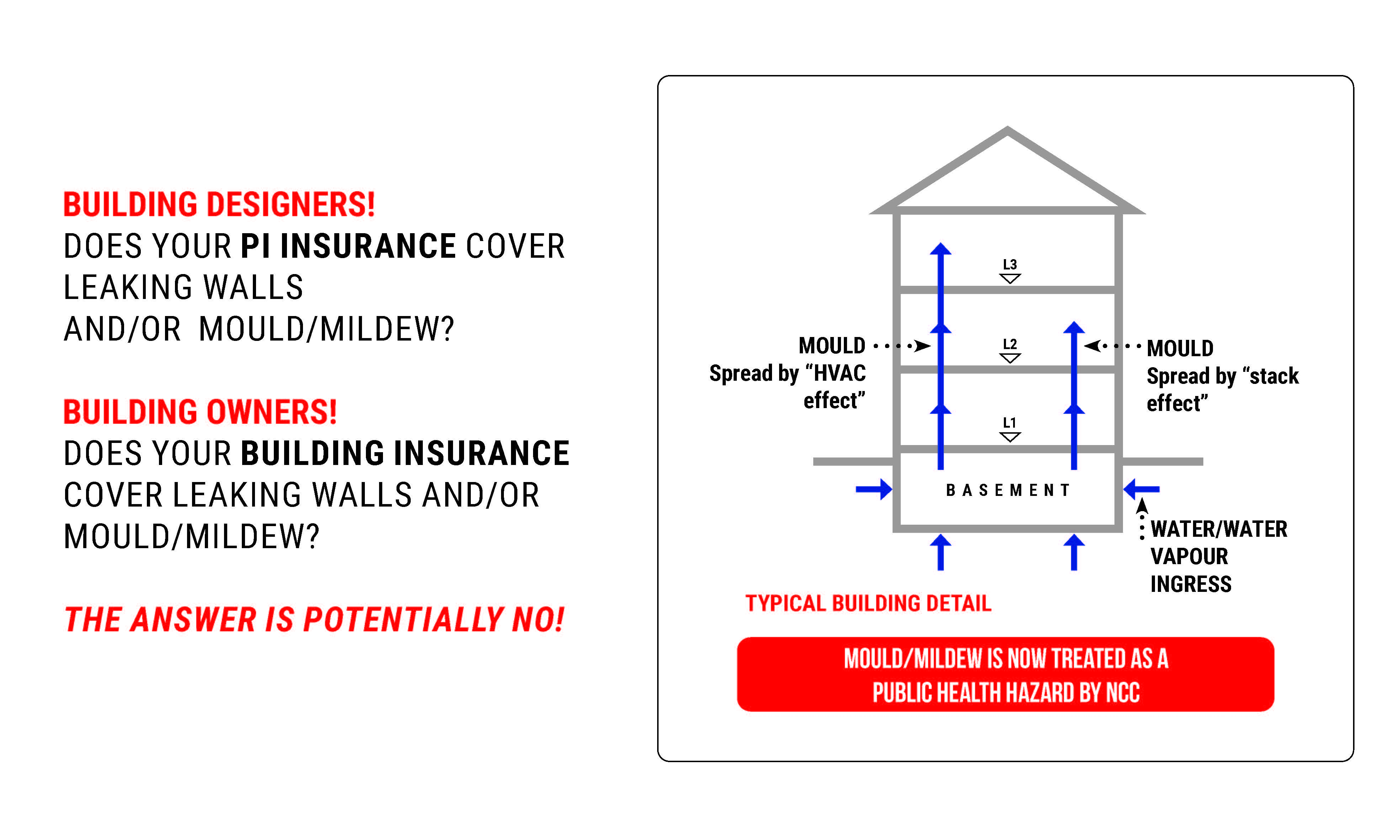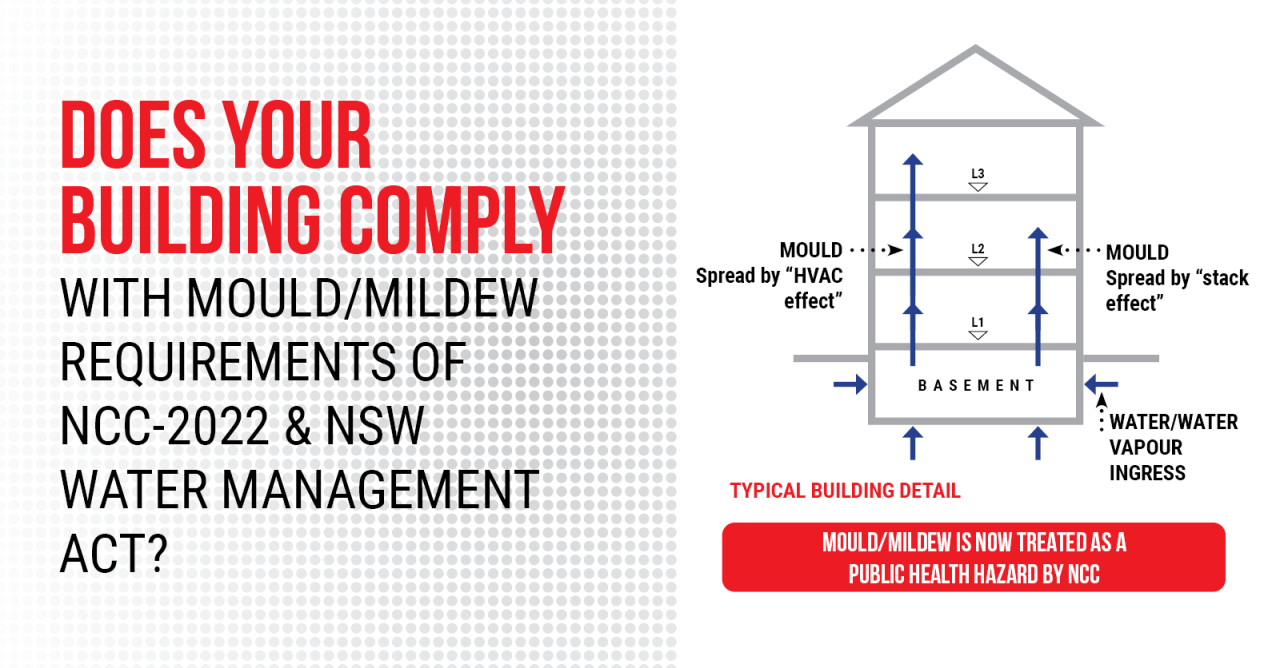Spotlight on the Dincel Waterproof Basement Solution
Published 07 August 2023
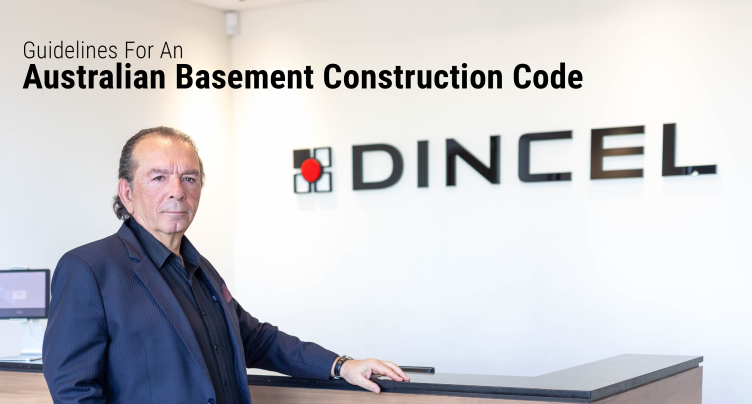
GUIDELINES FOR AN AUSTRALIAN BASEMENT CONSTRUCTION CODE - BEYOND BRITISH STANDARD BS8102 - 2022
With the exception of a change to the Building Code of Australia (BCA) (coming in October 2023), focusing on mould and mildew requirements, there are currently no building codes within Australia to assist designers in addressing some of the most common issues facing the building industry today; in particular those pertaining to the construction of basements. Some of the most common issues needing urgent solutions include:
· Ingress of water
· Removal of any water entering the basement
· Impact of the construction on an existing aquifer or other groundwater
· Impact on assets in a basement due to the presence of water
· Requirements of underground habitable spaces
· Energy efficiency considerations for ongoing basement pumps
· Mould and mildew created as a result of water ingress.
In some states (such as NSW) there are Government Acts and guidelines regarding the application of the requirements of these Acts, but the requirements do not seem to be enforced. As such we are left with a void where basement construction decisions are left in the hands of builders/developers and designers, resulting in variable and at times very poor outcomes for consumers.
In the absence of any building standard/code, some designers have looked overseas for direction in determining the requirements of a well-constructed basement. In most instances, the requirements of the British Standard, BS 8102 - 2022, are applied. Whilst this is a good start, the standard does not seek to minimise (or better still eliminate) groundwater intake, nor does it consider the energy requirements or maintenance of pump out systems. Certainly, it is silent with regard to mould or mildew caused by ingress/seepage of water.
To try to assist designers in making the best decisions about the design of basements, Dincel has looked to various Australian Standards and Tests that could be applied to the requirements of basement construction such as ASTM E 514 -08 Standard Water Penetration Test on Façade/Shower Walls, AS/NZS 4347.1, 6m Head Water Pressure Test, ASTM E 96/M Vapour Transmission and AS 3735 Concrete Structures for Retaining Liquids.
The application of Government Acts and Regulations is more problematic. Our reading of the NSW Water Management Act 2000 and the associated NSW Government document “Minimum requirements for building site groundwater investigations and reporting” would indicate that there is significant political concern about the impact of construction on groundwater and the environmental impact of pumping out any basement intake of water. Unfortunately, there appears to be, at the moment, little will to apply the regulations.
There is no doubt that a fully tanked system can overcome all of the issues discussed above. However, such systems require significant over excavation, are expensive to install, leaks (should they occur) are difficult to pinpoint and expensive to rectify. Further, in the event of a leak, responsibility for the leak in many cases ends up as a finger pointing exercise between product supplier, installer and builder.
To address all of the above, Dincel has developed the Dincel Water Stop (DWS) which when utilised within a system comes with a zero-leakage warranty for a period of up to 50 years. The system overcomes all of the issues associated with a fully tanked system with the additional benefit that should a leak occur full responsibility for rectifying the leak sits with Dincel and Dincel alone.
The issues surrounding basement construction are very complex. I have only touched on the main points of the design considerations here. For detailed information and guidance on all aspects of basement construction, please click on the following link-

